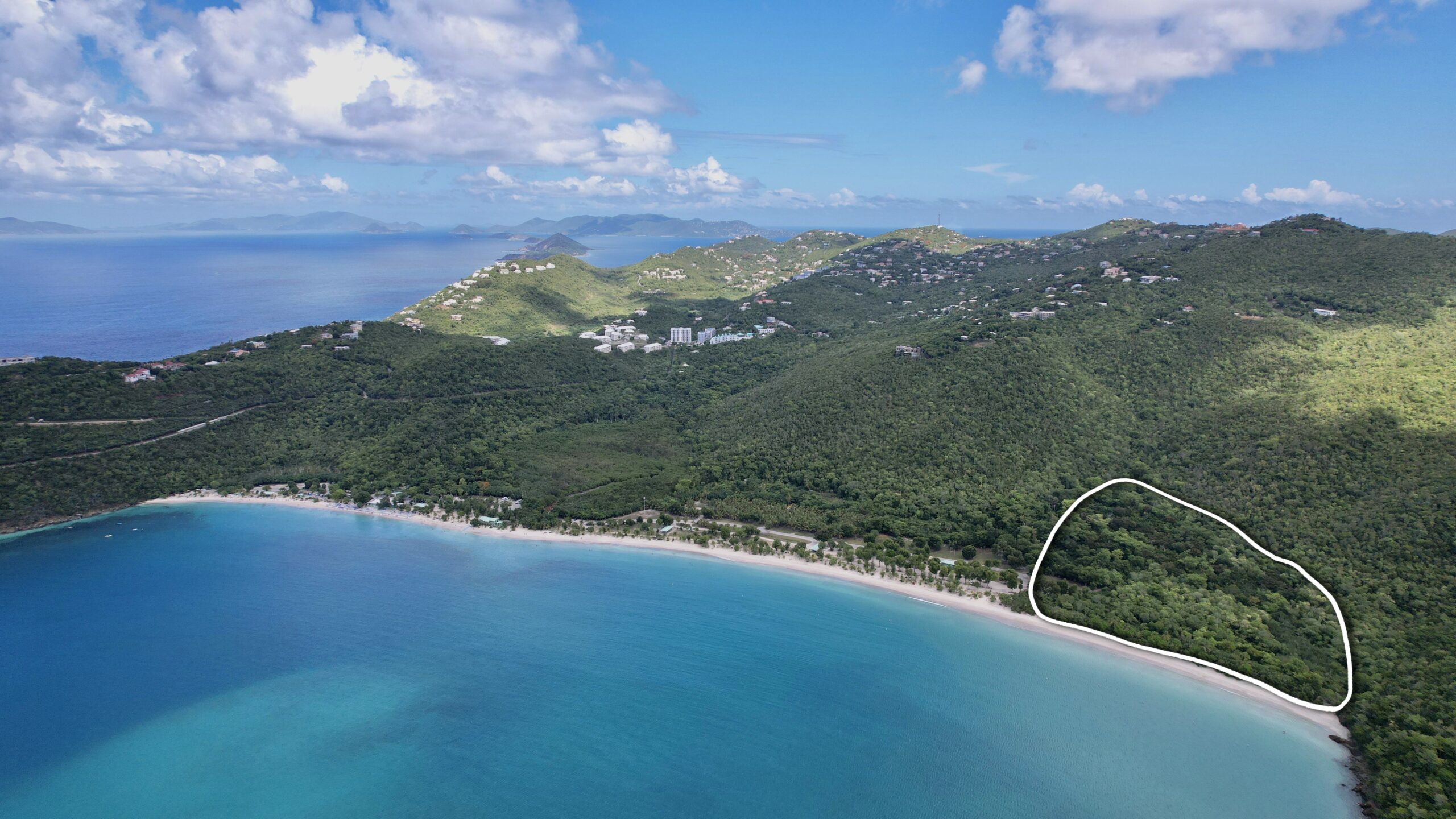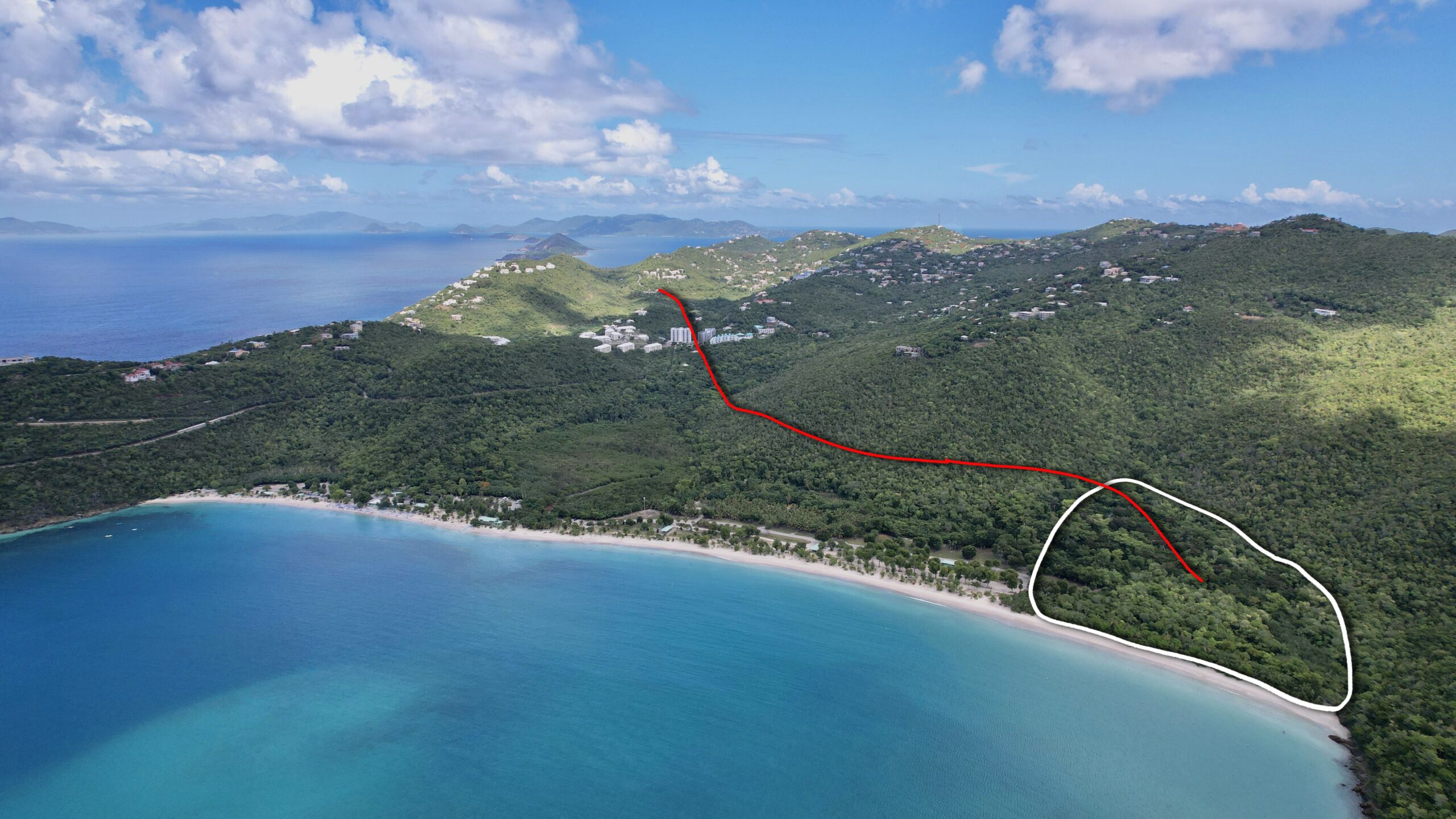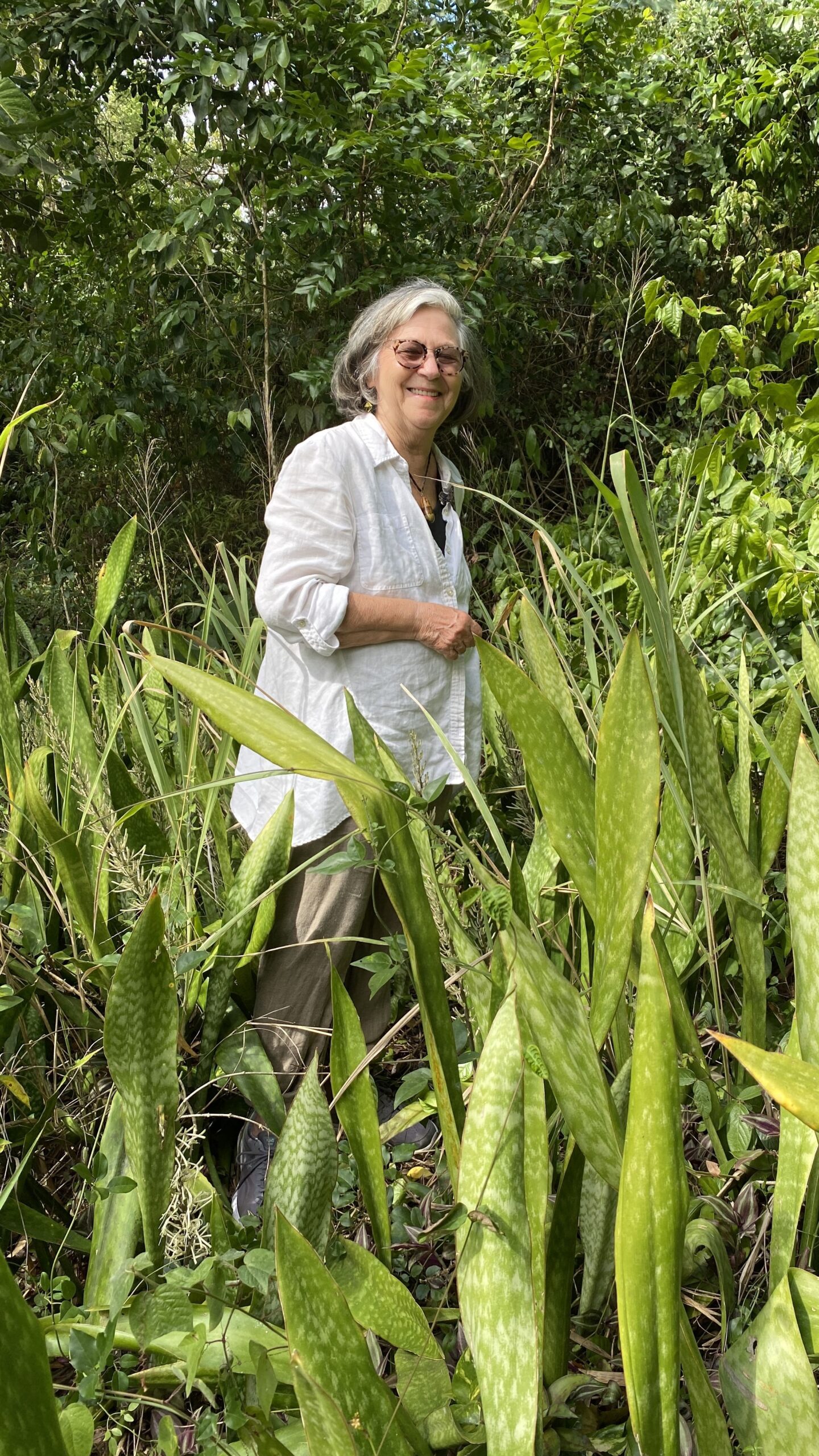Conservation or Coney Island?
When he resigned from the Magens Bay Authority Board in protest of some of his colleagues’ approval of the zoning change at the far southwest end of the park in order to accommodate a resort development in 1985, Guido Moron predicted were the resort to come to fruition, Magens Bay would become “a genteel Coney Island.”*
There were other casualties of that ill-advised rezoning, including seven of the senators who voted in favor of changing the zoning from R1 (half-acre single-family dwelling) to commercial, who would not be re-elected. Three others did not seek re-election.

According to a New York Times article in October, a bill rezoning the heirs’ tract was attached to an omnibus bill that passed without debate on the day the Senate recessed for the upcoming November election.
According to then-Sen. Iver Stridiron, who vehemently opposed the rezoning, the vote also took place at “3 o’clock in the morning.”
The voice of the people at the voting booth notwithstanding, the same group, by now with nothing further to lose politically, voted at a lame-duck legislative session to let the rezoning stand, effectively kicking the can down the road for the newly elected senators to deal with the prickly issue, the New York Times reported.
The senators and the Magens Bay Authority Board were not the only ones who went along with the re-zoning. Then director of the planning office Roy Adams recommended that the 56 acres behind Magens Bay Beach be rezoned to allow the planned resort, saying that Gov. Juan Luis had favored the hotel’s request and he was therefore obligated to support it.**
Meetings were held between James Armour, the local developer who was the force behind the commercial development plan, which included Mahogany Run Resort, which later became the only golf course on St. Thomas, and the conservation and historic preservation activists.
At one point, Armour walked out of a meeting saying that these groups, which included the V.I. Conservation Society, the League of Women Voters and the St. Thomas Historic Trust, among others, were not interested in a dialogue. Armour said they preferred a “combative role,” according to Marilyn Krigger in her seminal work.***
What was never made public at the time or since was the crucial connection between the proposed Mahogany Run and Magens Bay Resort. That connection was literal.
Otto said in a conversation for this article that in order to secure more funding for the Mahogany Run project, Armour needed a resort near the beach. Otto confirmed that the road would have run approximately as shown by the red line in the photo dividing the environmentally crucial watershed in half.

Even Darlan Brin, author of a 2018 Source article Op-ed: Management of Watershed to Protect Magens Bay and Related Ecosystems who was at the time of the proposed rezoning, the commissioner of Conservation and Cultural Affairs, which later became the Department of Planning and Natural Resources, was not aware of the planned roadway, he confirmed in a recent conversation.
During the time of the protests, Brin testified against the rezoning “all alone” at the Legislature.
“But let me tell you something,” he said, “That whole issue of watershed and nonpoint pollution remains a major problem on this island.”
Armour’s argument against the protestations of these groups claim was that “Arthur Fairchild indicated before his death in 1951 that he approved of some resort development at Magens Bay. Existing zoning permitted residential development that could harm the area more than the plan for a resort,” according to a 1984 New York Times Article about the outrage the zoning change had stoked in many members of the community.
It’s an odd claim considering the wording in Fairchild’s statement of intention, which clearly stated, “To allow these slopes to be deprived of their well wooded covering; to treat them otherwise that according to a general plan; or to utilize them for any commercial purpose would’ve resulted I believed, in the loss by our island of one of its greatest assets.”
Otto, owner of David Jones Realty, who worked for years helping Homer Wheaton, Fairchild’s nephew and heir to his estate and after Homer’s death and his wife, Christine Wheaton, to dispose of the property in question in keeping with Fairchild’s wishes said this week that Homer had approved an easement that would allow people staying in the planned resort to walk from the 300 room hotel to the beach.
Otto also affirmed Armour’s conviction that the hotel would be far less disruptive to the sensitive and crucial watershed than building 100 single residences on the R1 zoned 58 or so acres that the developers wanted rezoned for commerical use.
Otto believes that the late firebrand environmentalist and lawyer Edith Bornn, who is quoted heavily in the New York Times article from 1984, would have stopped the development legally anyway because no public hearings had been held on the rezoning as is required by V.I. code.
But, according to Krigger, Armour, realizing that he would not get the rezoning from the newly elected Legislature anyway, walked away from the Magens Bay resort idea.
There was a “lull,” Otto says, between 1985 and 1995. But he says from 1995 until 2002 was a much more “dangerous” time for the pristine bay.
When Homer Wheaton died in 1997, Christine – who was from Switzerland – was anxious to get rid of the remaining Fairchild property that she was left with, including the resort acreage, and cut her ties with the Virgin Islands.
“She had a very low opinion of the Virgin Islands government,” Otto said.
First, according to Otto, she was “disgusted with the condition of Fairchild Park, which had also been deeded to the people of the Virgin Islands and left full of debris and overgrown bush.
Fairchild Park, after it was deeded to the Virgin Islands government, became the responsibility of the Department of Housing Parks and Recreation.
Stanley Smith, assistant HPR commissioner for 12 years, said in a phone conversation, “Our department never had the means to maintain of all the facilities that fell to our care.” And it wasn’t a priority when stacked against the parks where Virgin Islands children played sports and enjoyed other recreational opportunities within easy reach via public transportation or walking distance from where they lived. The tiny little park in Estate Elizabeth overlooking Magens, with no public transportation or parking, was not a priority.
Smith, who is retired, said the small crew of groundskeepers employed by his department “cut the grass and keep moving.”
Smith believes that the only solution for Fairchild Park would be a public-private partnership. And, in fact, in 2012, efforts were made and an official partnership agreement was reached to form Rock Men Community Corp to that end. The impetus for forming Rock Men was the possibility that care of Fairchild Park could align with My Brother’s Workshop’s mission. The idea was to train young people in landscaping and gardening care – a lucrative business and employment opportunity in the jungly tropical community. But as with so many noble efforts and sincere intentions, Rock Men Community Corps died on the vine.

The final straw for Christine Wheaton, whom Otto described as someone who was never afraid to speak her mind, was the use of Drake’s Seat for commercial purposes, which was explicitly forbidden in the deed of conveyance.
It took two years for that matter to be settled to her satisfaction when the vendors were evicted.
Meanwhile, the remaining property upon which the resort would have rested had the zoning change taken place was zoned R1 and could easily have been developed for 500 or more half-acre residential lots. And Otto said there were developers sniffing around, but none made an offer that was acceptable to Christine Wheaton. That may well have been in part, Otto says, because “She was committed to perpetuating Fairchild’s vision for the bay, but she really just wanted to get out of the Virgin Islands.”
Otto understood that that kind of building and the roads and the attendant runoff would’ve meant the end of the bay as we know it.
So Otto spent the next seven years attempting to balance Wheaton’s need to be done with the Virgin Islands while keeping Fairchild’s vision in mind. The precarious balancing act ended in 2002 with an agreement brokered by Otto, which allowed the Nature Conservancy to purchase the land on behalf of the Virgin Islands government for $5.5 million. See From Drake’s Seat to Beach Now Protected Land.
That is far from the end of the story, and subsequent attempts to commercialize Fairchild’s gift will be addressed in further articles.
Meanwhile, a quote by another woman who was never afraid to speak her mind is much like a directive from our dear departed, fierce, relentless defender of sacred spaces.
”The very basic challenge to these islands is government’s lack of commitment to planning,” Edith Bornn told the New York Times reporter. ”We do have a master plan, but it is ignored more than it is observed.”
And 40 years later, that land and water use plan first developed by the Virgin Islands League of Women Voters has never been codified in any form, leaving the island vulnerable to lucrative and never-ending spot zoning which does not serve the indigenous, native population that Fairchild loved enough to bequeath most of his holdings to them.
* Race Relations in the U.S. Virgin Islands by Marilyn P. Krugger, pg 242
** Race Relations in the U.S. Virgin Islands by Marilyn P. Krugger, pg 242
***Race Relations in the U.S. Virgin Islands by Marilyn P. Krugger, pg 242
Editor’s note: On Wednesday afternoon, the Magens Bay Authority issued the following statement via email: The Magens Bay Authority announces a Town Hall Meeting at Magens Bay Beach, Shed Two, scheduled for January 27, 2024, at 9:00 AM. This meeting aims to provide the public with updates on the latest developments at Magens Bay Park and Smith Bay Beach and to gather community feedback on upcoming initiatives. The authority invites all community members to join in this meeting to discuss the parks’ future and share their insights and opinions. This initiative is part of the authority’s commitment to keeping Magens Bay Park a cherished destination for both locals and visitors. For further details, please email info@magensbayauthority.org.
Related Links:
Op-Ed: A Brief History of Magens Bay, Part I: Fairchild’s Dream





